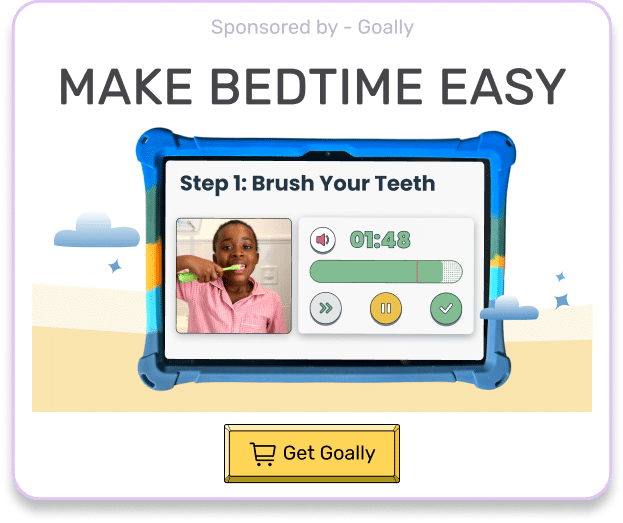ADHD can be tricky to identify, especially when typical childhood energy overlaps with key symptoms. Early diagnosis is crucial, and understanding the ADHD testing process can help you support your child’s development.
Key takeaway:
- Consulting a specialist ensures an accurate diagnosis and a tailored approach to managing ADHD.
- ADHD testing involves multiple assessments, not just one quiz.
- Signs often appear before age 12, but diagnosis can happen as early as 4 years old.
- A child must show symptoms for at least six months to be evaluated.
- Early detection helps with better support and intervention.
Table of Contents
Understanding ADHD
ADHD, or Attention-Deficit/Hyperactivity Disorder, is a neurodevelopmental disorder often diagnosed in childhood. However, it’s not just a label for kids who can’t sit still. It’s a complex condition that affects a child’s ability to focus, organize, and complete tasks. It can impact their school performance, social interactions, and overall quality of life. But, with early detection and appropriate interventions, kids with ADHD can thrive.
Recognizing the Signs
How do you know if your child needs an ADHD test? It’s important to remember that all kids can sometimes be hyperactive or inattentive. However, kids with ADHD display these behaviors more frequently and severely. For instance, they might have trouble following instructions, staying organized, or sitting still. They might act impulsively, interrupting conversations or acting without considering the consequences. Above all, these behaviors must be disruptive and inappropriate for the child’s age.
| Signs of ADHD in Children |
|---|
| Being unable to sit still |
| Constantly fidgeting |
| Being unable to concentrate on tasks |
| Excessive physical movement |
| Excessive talking |
| Being unable to wait their turn |
| Acting without thinking |
| Interrupting conversations |
| Short attention span for age |
| Difficulty listening to others |
| Difficulty attending to details |
| Forgetfulness |
| Poor organizational skills for age |
| Poor study skills for age |
These symptoms must be present in two or more settings, such as at home and school. Suppose your child only seems hyperactive or inattentive in one environment. In that case, it might be a sign of other issues, such as learning difficulties or problems at home.
The ADHD Test for Children
When it comes to an ADHD test for children, it’s a multi-step process. Firstly, your child’s doctor will likely start with a physical exam to rule out any other medical conditions that could be causing the symptoms. Secondly, they’ll conduct interviews and gather information from teachers, family members, and others who interact with your child regularly.
They’ll also use standardized behavior rating scales to assess your child’s behavior. These scales are designed to compare your child’s behavior to other kids their age. It’s not a perfect system, but it’s a crucial part of the ADHD diagnostic process.
Next Steps After an ADHD Diagnosis
Receiving an ADHD diagnosis can be overwhelming. However, it’s important to remember that many resources and treatments are available to help your child. For example, medication, behavioral therapy, and educational support can all play a role in managing ADHD symptoms.

Read more: Take the Female ADHD Quiz
Most importantly, remember that you’re not alone. Many support groups and organizations can provide advice, resources, and a sense of community. Your child’s doctor can also guide and help you develop a treatment plan tailored to your child’s needs.
Living with ADHD
Having ADHD doesn’t mean your child can’t lead a happy, successful life. In fact, many kids with ADHD grow up to be creative, innovative adults. Your child can learn to manage their symptoms and thrive with the right support and treatment.
On the other hand, it’s also important to remember that every child is unique. What works for one child might not work for another. Therefore, working closely with your child’s doctor and educators is crucial to find the best approach for your child.

Try Goally For Your Child With ADHD
Goally is an excellent option for many families that have a child with ADHD. Use game play as a points-based motivator for your kiddo with ADHD, help them learn emotional regulation skills, and watch them grow! It’s simple to set up and has an expert-informed design.
Understanding ADHD testing for children can be daunting, but you are not alone. With the right resources, you can support your child, as ADHD does not hinder success. Early detection and interventions can help your child thrive, so stay strong and believe in yourself.
Resources:
- Centers for Disease Control and Prevention (CDC)
- National Institute of Mental Health (NIMH)
- Children and Adults with Attention-Deficit/Hyperactivity Disorder (CHADD)
FAQs About ADHD
What does the term "ADHD iceberg" mean? The ADHD iceberg is a metaphor describing the visible and hidden symptoms associated with Attention Deficit Hyperactivity Disorder (ADHD). Why is it important to be aware of the ADHD iceberg? Understanding the ADHD iceberg helps parents and caregivers recognize and address the less apparent symptoms of ADHD, providing better support to the child. How can visual schedules help children with ADHD? Visual schedules can help children with ADHD by providing structure, enhancing organization skills, and reducing anxiety related to daily routines and transitions. What role do emotional regulation apps play in supporting children with ADHD? Emotional regulation apps help children with ADHD develop self-awareness, coping strategies, and emotional management skills to handle their feelings more effectively. How can rewards be beneficial for kids with ADHD? Rewards can positively reinforce good behavior, encourage goal-setting, and boost motivation for children with ADHD, leading to better behavior management and self-esteem.
This post was originally published on 12/05/2022. It was updated on 02/05/2025.

Hennah is an experienced writer and researcher, helping children with autism, ADHD, and other neurodivergent conditions. As a blog contributor for Goally, she combines her deep understanding of neurodiversity with practical advice, offering valuable insights to parents and educators.





